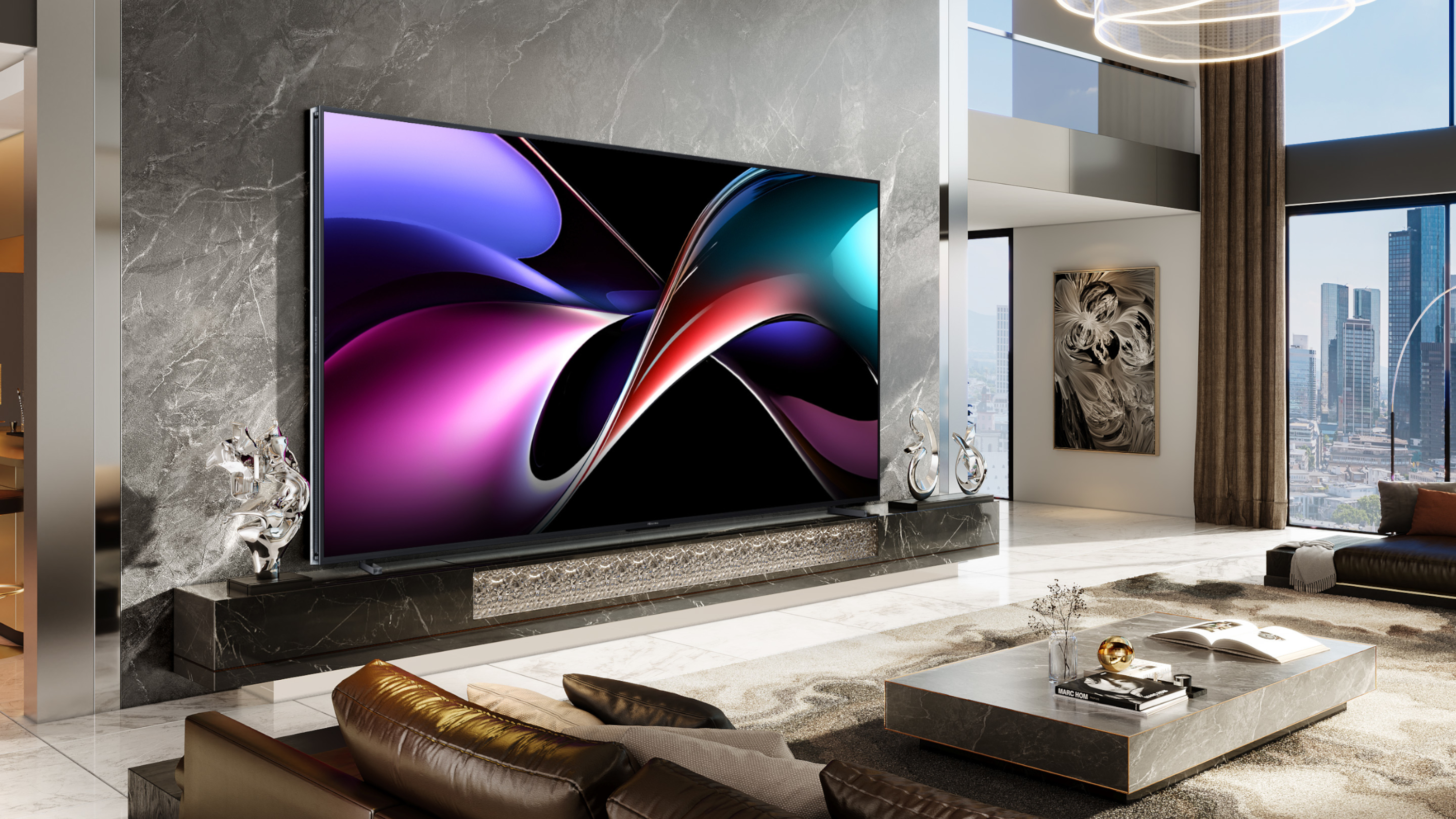
CES 2025 is going strong, and at the forefront of the show are the many enticing new displays set to hit store shelves later this year. There's no denying that TVs are getting bigger, and there's no better proof than the many 100-inch plus models scattered about the trade show floor.
While "AI Everywhere" was last year's CES tentpole theme, display manufacturers are still vying to pack as many AI features as possible into their TV innovations. Samsung and LG both are key drivers in this space, leveraging not just enticing new software suites but big-name collaborations with tech powerhouses like Google and Microsoft.
There's also some major design changes gracing many of our favorite displays. For instance, Samsung's taking a more lifestyle approach to its 2025 TV lineup, while LG's dropped the gen two MLA panel from its new M5 and G5 series OLED TVs. Hisense even has a new (and spectacular) MicroLED design that's consumer-ready — but most certainly won't come cheap.
Samsung's beloved The Frame returns this year with a whole new model in The Frame Pro, a stunning reimagining of the art deco style concept that's taken the TV industry by storm. TCL's also back with its QD-Mini-LED screens headed up by the glorious QM6K TV. These and many more among the best TVs of CES are paving the future of display innovation, all of which you can experience for yourself below.
LG M5 OLED TV
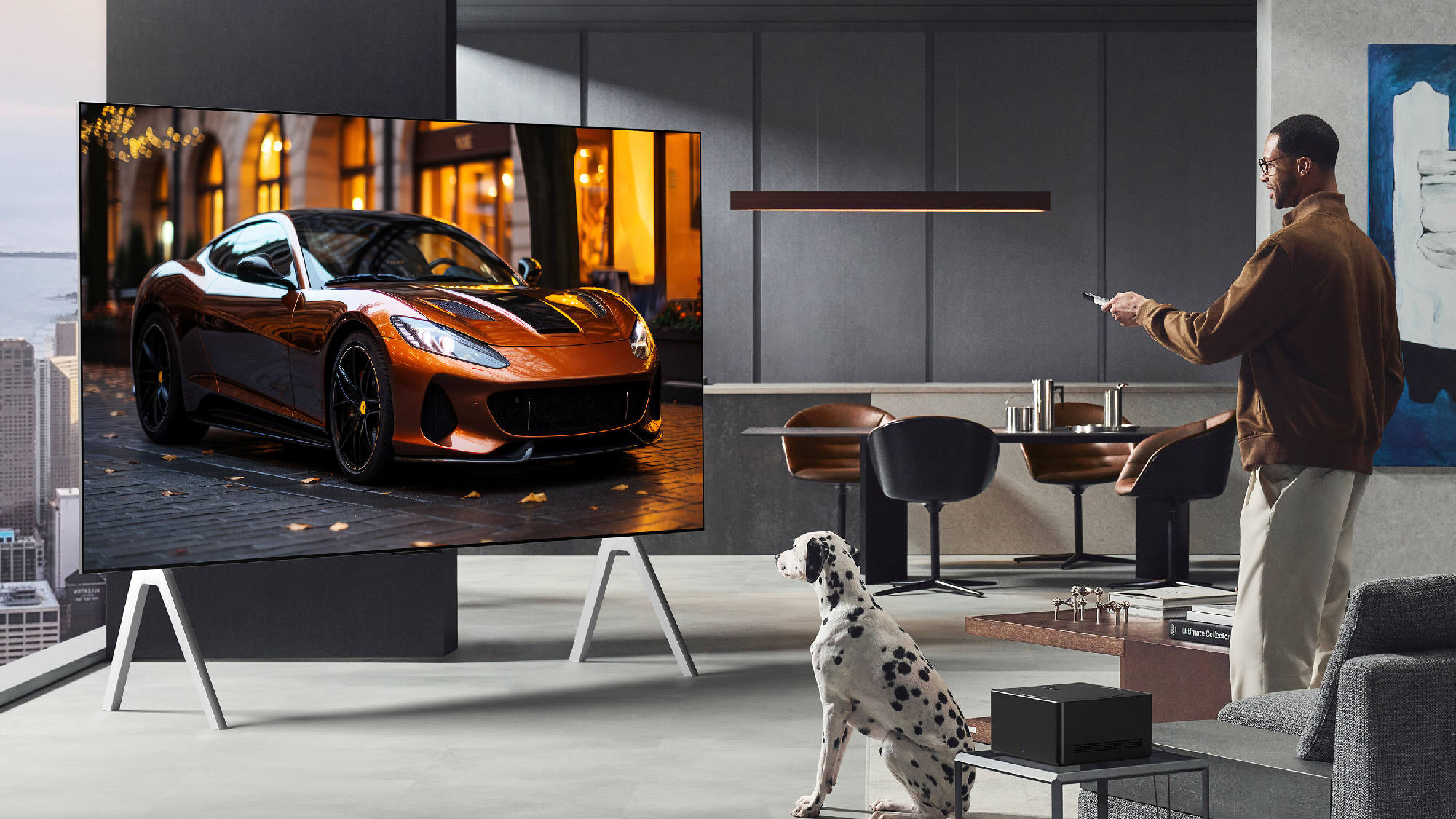
LG's no stranger to a gorgeous design ethos, which is codified best of all in its new M5 OLED TV. LG's flagship 2025 display sports a slew of advanced features, but what makes the M5 OLED stand out is its Zero Connect Box that essentially makes it wireless aside from its power cord.
As noted above, LG is dropping its MLA panel in favor of a multi-layered OLED panel that it's claiming is 40% brighter than its predecessors. LG's also put the Gen2 Alpha 11 processor into its new M5 OLED, gifting it some serious AI enhancements, like AI Search, AI Voice ID, and plenty more that will make home entertainment all the more streamlined.
Panasonic Z95B OLED TV
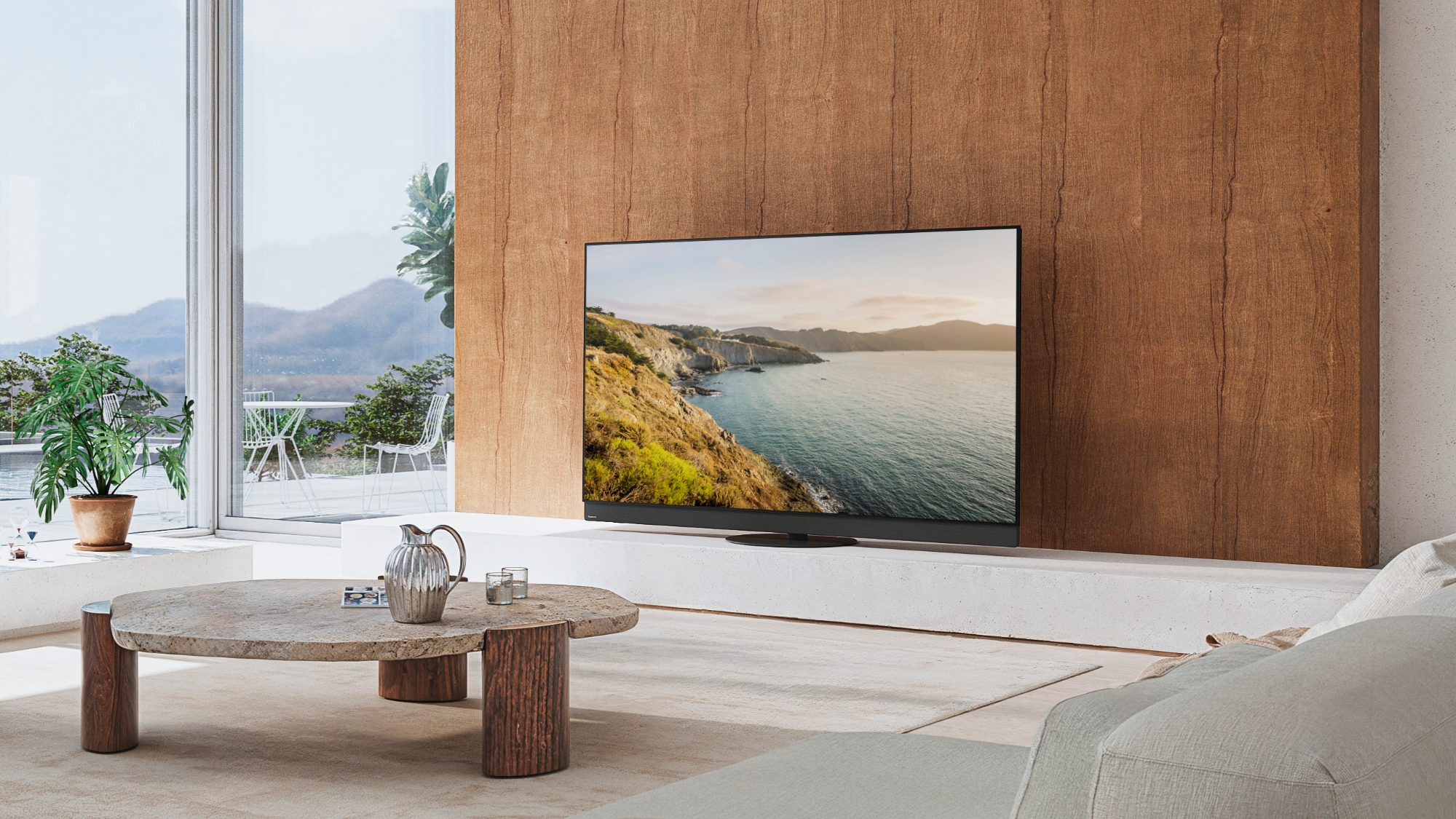
Panasonic's awesome Z95 series returns as the Japanese TV manufacturer aims to once more sweep the US market following an eight year hiatus. The Z95B OLED TV is its newest flagship, which will be dropping LG Display's MLA panel in favor of a four stack process and an RGB tandem OLED panel. Panasonic says it offers 40% better light efficiency, plus a new ThermalFlow cooling system should boost performance.
Like last year's Z95A OLED TV, which was one of our favorite TVs of 2025, the new Z95B will also be kitted with its own bombastic sound system. A 30W internal woofer with the addition of line array, up, and side-firing speakers, all built out with Dolby Atmos support, already marks the Z95B among the best OLED TVs.
While other premium OLEDs are getting the 165Hz treatment, the Z95B will be sticking with 144Hz in 2025. This a huge misstep, as the spec is largely intended for PC gamers who want the most amount of frames and buttery smooth gameplay, but the Z95B should still deliver just as well with its AMD FreeSync Premium support and revamped True Game Mode.
LG G5 OLED TV
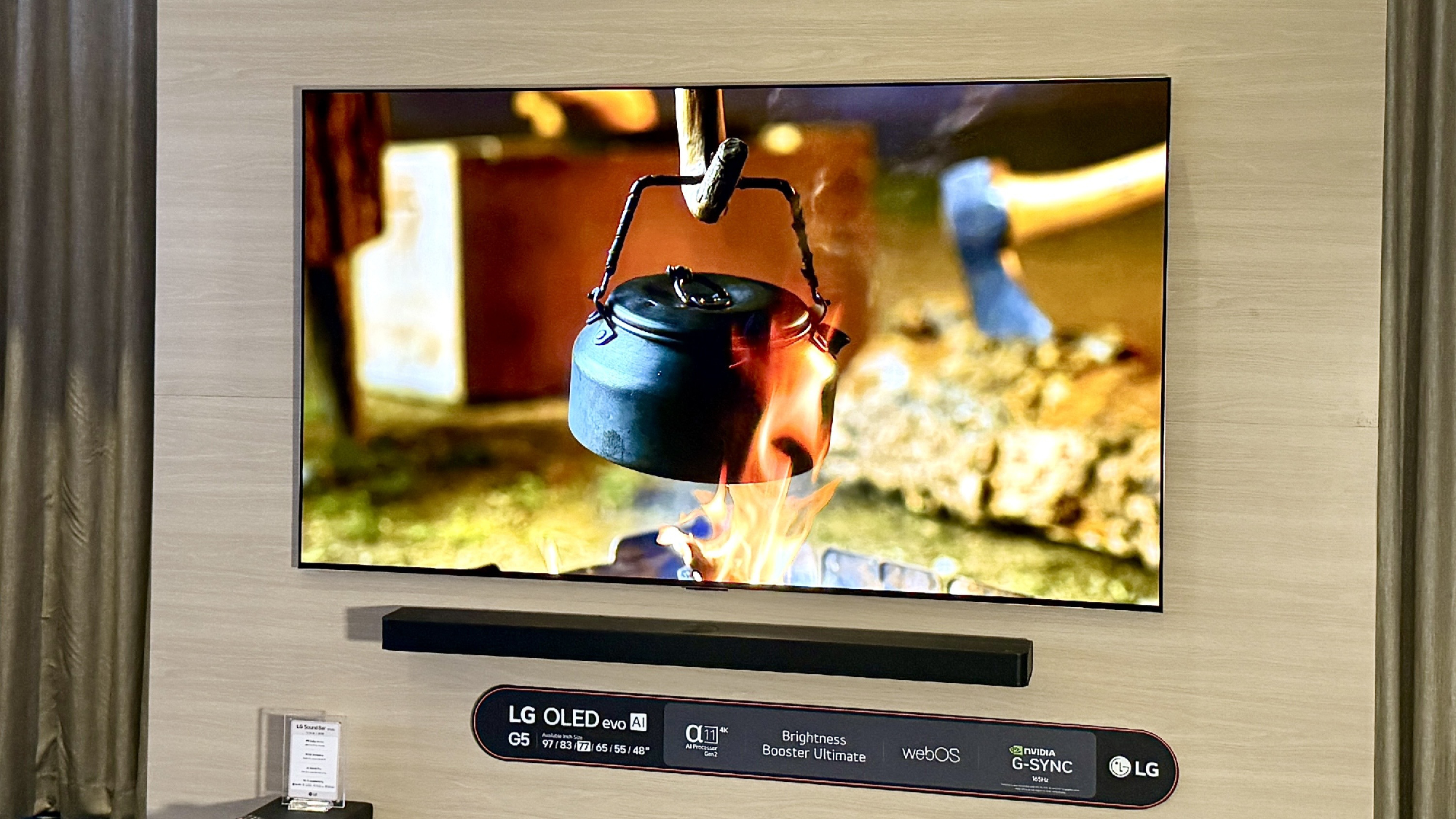
Although it might be missing its MLA panel, LG's new and improved G5 already looks like the OLED to beat this year. Mirroring Samsung's S95F, the LG G5 OLED also comes equipped with a 165Hz refresh rate in tandem with the aforementioned multi-layer OLED panel, which could prove game changing for the OLED market.
In his first look of the M5 and G5 OLED TVs, Tom's Guide managing editor Michael Desjardin says that the G5's "spectacular highlights are at least as bright as the G4's." It, too, will have LG's a11 chipset, which will gift it serious legs with an integrated Large Language Model.
You can expect to see the G5 OLED in the same range of sizes available for the LG G4, now broadened to include the smaller 48-inch spec, which might become one of the best TVs for gaming if the price is right. We don't have any official numbers just yet, but more information should be unveiled as CES 2025 continues into the week.
Hisense 136MX MicroLED
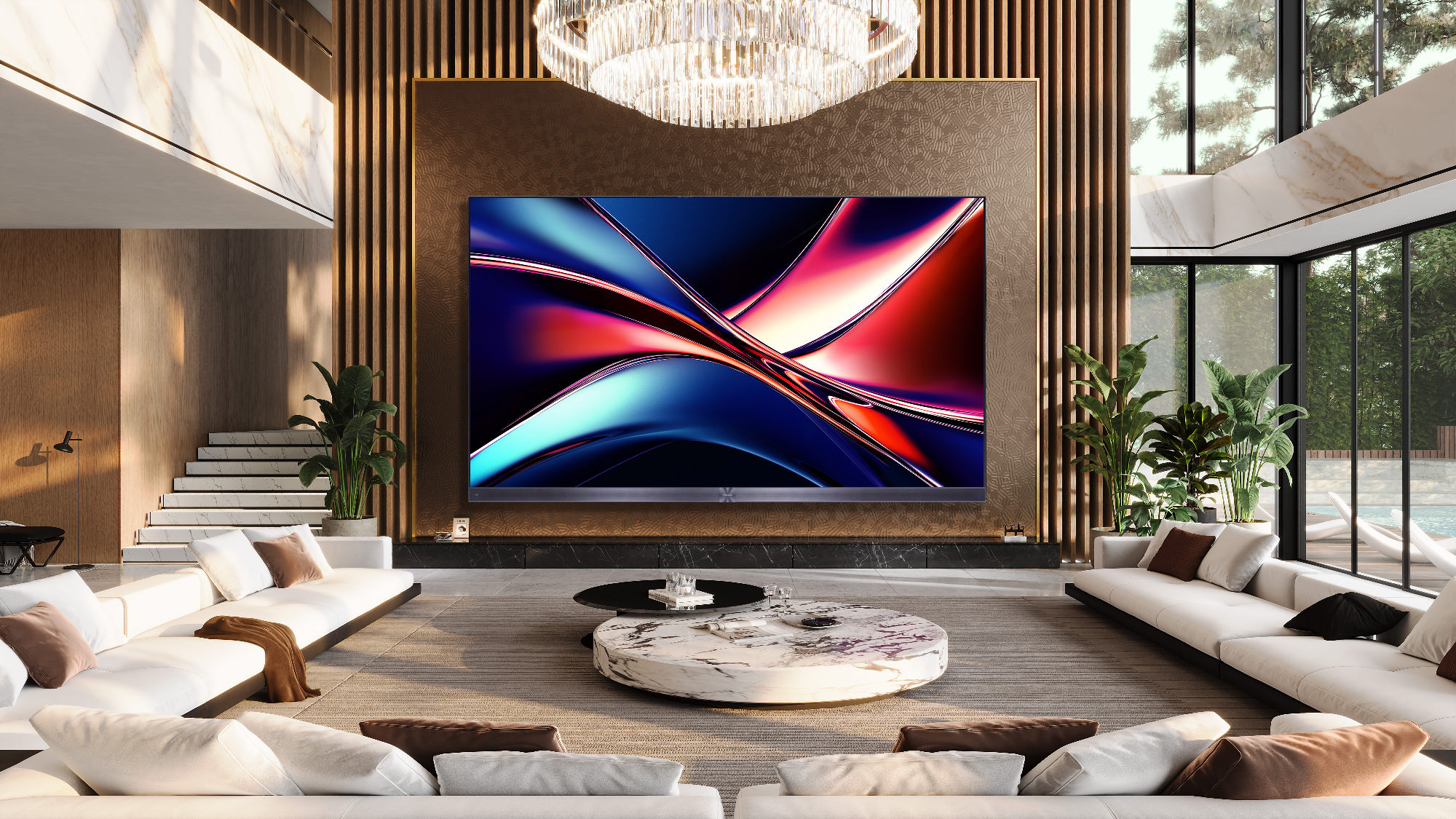
You don't often see consumer-ready MicroLED screens these days, as the market is simply not ready for these very expensive designs. just look to the biggest players in the market, as earlier this year both Samsung and LG started to rethink their MicroLED TV strategy.
Still, Hisense has an eye for innovation, and its new 136MX MicroLED TV is one with some incredible promise. It's built with a 120Hz panel featuring over 24.88 million microscopic LEDs for superior picture quality that was once hailed as the OLED killer. Like its 116UX, the 136MX will also hit a purported 10,000 nits of peak brightness and will only be available in its 136-inch size.
Most interesting of all is this MicroLED TV's new interface, which will run on Hisense's proprietary VIDAA OS. You can expect similar functionalities seen on some of the best TVs in the space, including FreeSync and ALLM support, HDMI 2.1 connectivity, Dolby Vision IQ, Dolby Atmos, WiFi 6E, and so much more.
While we don't yet have any official information on pricing, you can bet this behemoth of a display will cost quite a penny. For perspective, Samsung released several new MicroLED TVs last year starting at $110,000.
Samsung S95F OLED TV
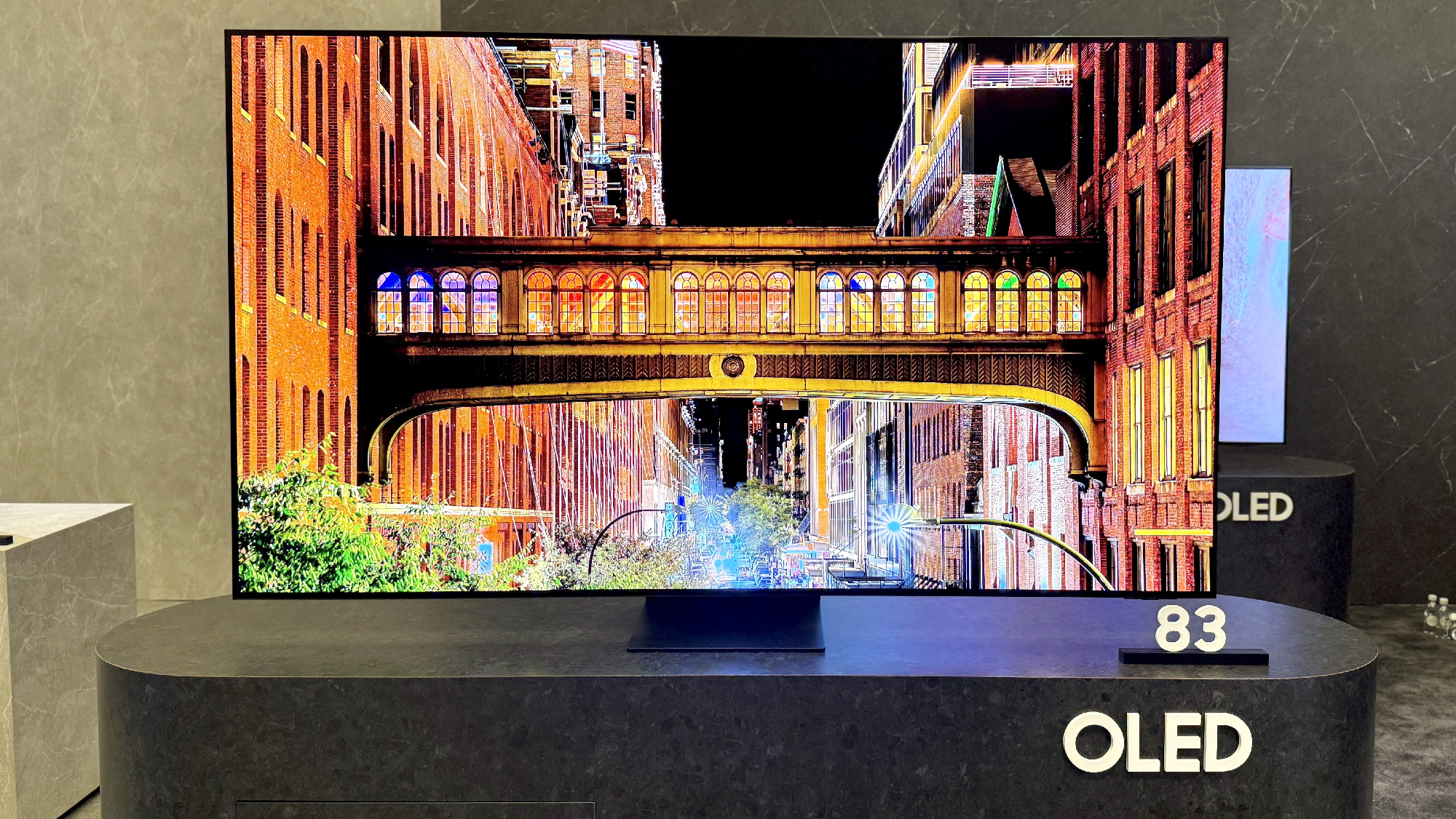
The hotly-anticipated 2025 refresh of the Samsung S95D OLED TV has finally been unveiled at CES. For its OLED lineup, Samsung's skipping the E nomenclature and jumping straight to F with its new Samsung S95F holding up the flagship position as one of the most advanced TVs to grace the scene.
With a 165Hz refresh rate, Samsung's NQ4 AI Gen 3 processor, and a second-generation glare-free panel, the new and improved S95F is a true beaut to behold. Samsung's claiming it can hit a peak brightness of 2,000 nits and it will have more AI features than you can count on two hands.
TCL QM6K QD-Mini-LED TV
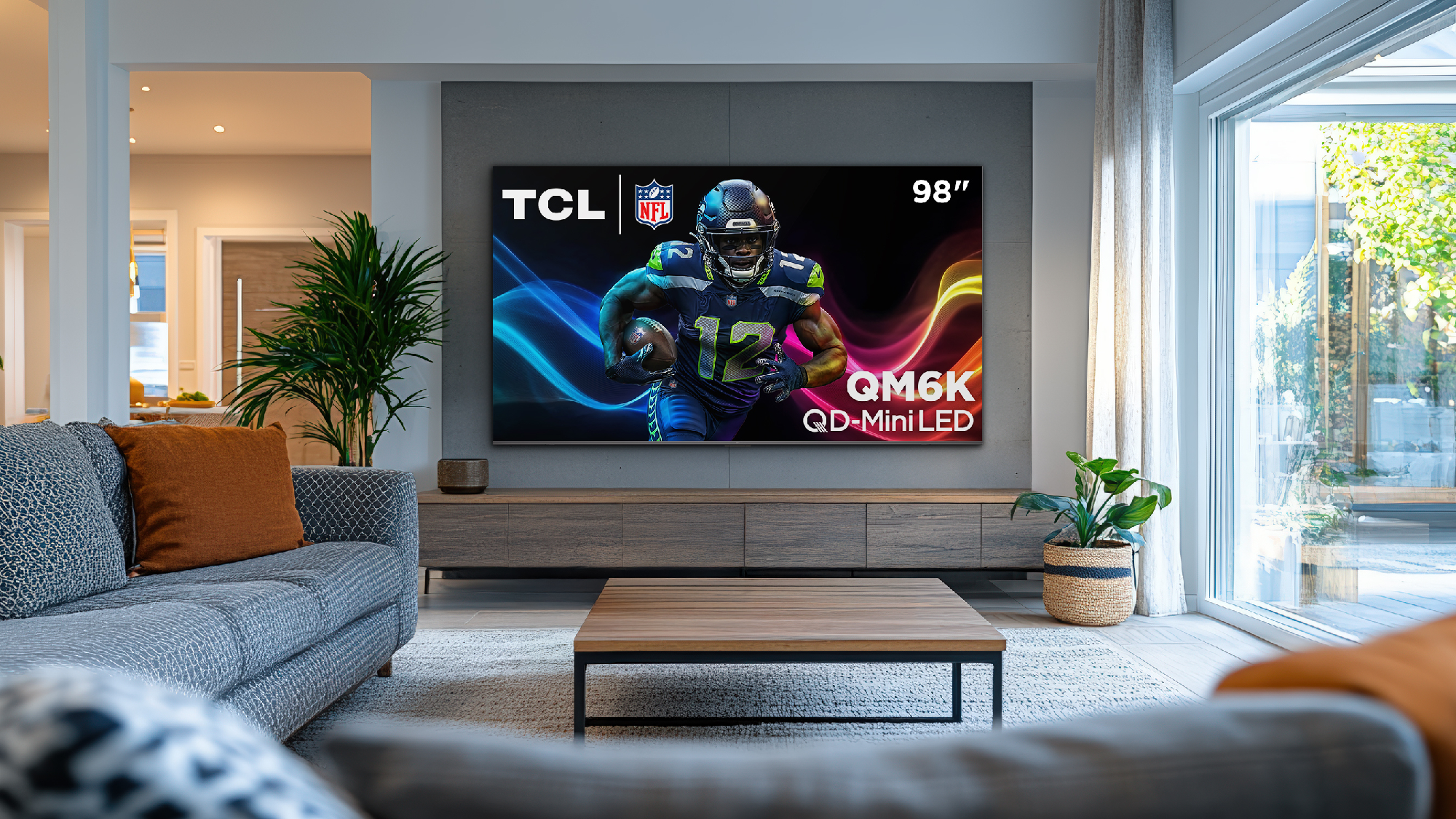
TCL's once again betting big on its QD-Mini-LED technology, which finds its way on the QM6K. This 144Hz screen boasts some serious upgrades over the competition, leveraging TCL's new Halo Control Technology Suite and High Contrast HVA panel.
In this way, the TCL QM6K is the pinnacle of TCL's display technology. At the forefront of this innovation is the structure of the backlighting, which allows the QM6K as much as 86% improvement in backlight uniformity and 67% better control of blooming.
TCL also claims its new HVA panel works to deliver a static contrast of up to 7,000:1, citing it as "5X better than competitors." TCL has also ramped up its Game Accelerator feature, which now allows for up to 288 VRR. A 2.1-channel Onkyo speaker also means you won't need to pair it with one of the best soundbars, either.
But best of all is the QM6K's price, which starts at just $749 for its 50-inch screen. It's also available to buy today, gifting you one of the most advanced Mini-LED TVs yet before CES has even concluded.
Samsung The Frame Pro

Samsung's created a beast with its The Frame TV as rival brands from TCL to Hisense are knocking off the design, but Samsung's got a way to put the kibosh on its copycats. Meet the Samsung Frame Pro, a stunning new entry in Samsung's lifestyle lineup that fuses Mini-LEDs with a 144Hz refresh rate to deliver an experience that belongs in a museum.
The Frame Pro will also utilize Samsung's Wireless Connect Box, which is typically relegated to only its flagship models. Of course, The Frame Pro also sports Pantone's ArtfulColor validation, so you know you're getting top-notch color performance that would rival a Jackson Pollock painting.
Taking lessons learned from last year's S95D, Samsung's also kitting out its 2025 Frame and Frame Pro with an anti-reflective coating and matte finish, which makes it truly look like an empty canvas. Through the Art Store, you'll be able to fill that canvas with a library spanning over 3,000 different paintings and art exhibited across the world.
Hisense 116UX Mini-LED TV
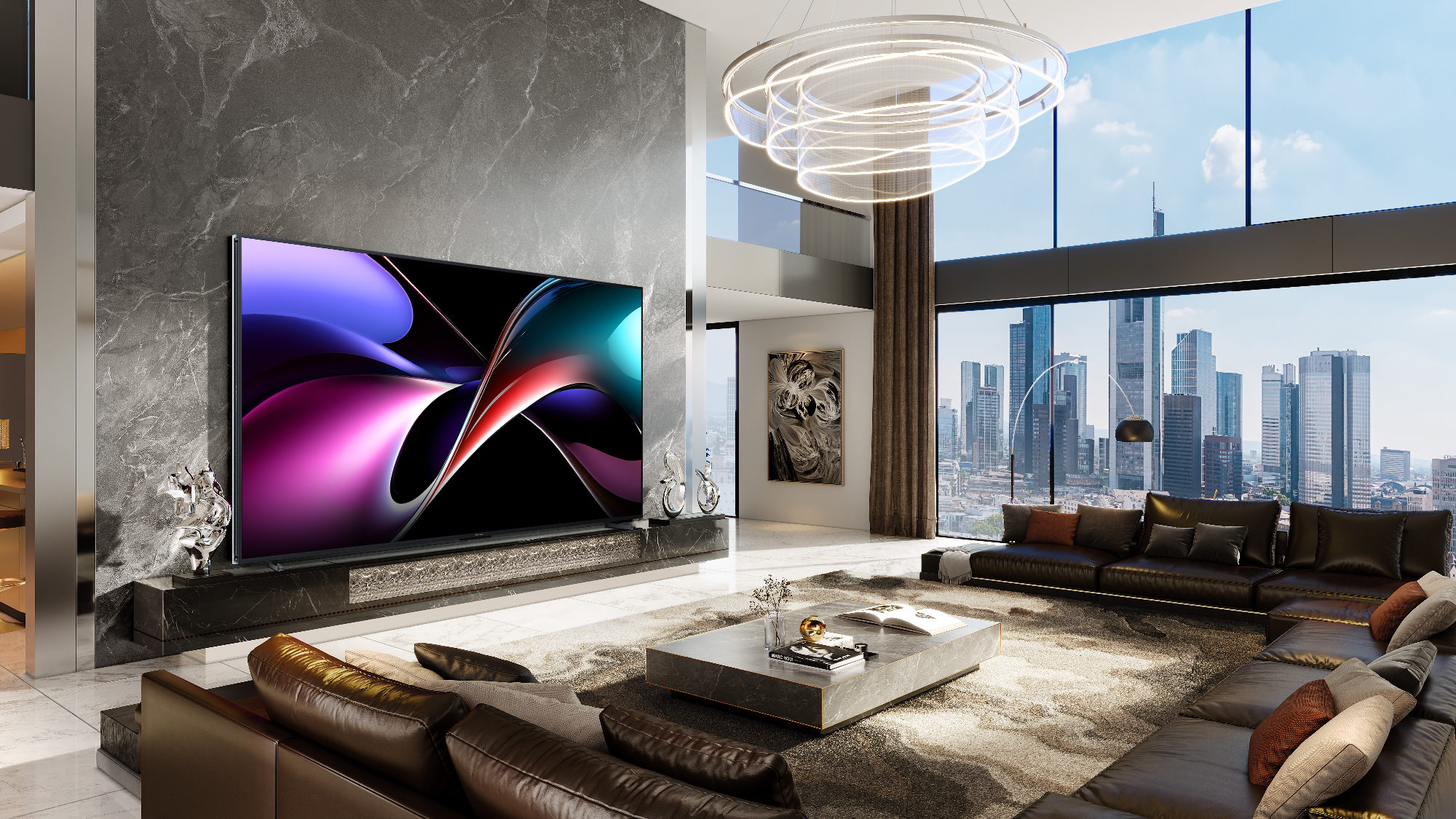
Hisense is setting a new bar for Mini-LED TVs, and it's putting this exciting new technology to the test with the crazy big (and bright) 116UX TriChroma TV. It redefines the way we look at Mini-LED TVs, using a bespoke RGB Local Dimming concept that, according to Hisense, allows it to hit 97% of the BT.2020 Gamut. That's markedly better even than some of the best OLED TVs.
Much like its MicroLED counterpart, the Hisense 116UX will only be available in a 116-inch configuration, as it leverages the Hi-View AI Engine X, Hisense's most powerful processor yet. To make it even more enticing, the 116UX comes built on a 6.2.2 multi-channel surround sound system with Dolby Atmos and DTS Virtual X support.
Hisense makes some bold claims for its 116UX, chief among them a peak brightness output of up to 10,000 nits. We'll have to wait until we can test the set before we can verify that claim, but Hisense is no stranger to crazy bright TVs, evidenced by its U9N Mini-LED TV that has a peak brightness of over 3,000 nits.
Pricing on the 116UX TriChroma TV has yet to be revealed, but you can imagine it will be, like the MX MicroLED — pretty expensive even in the face of Hisense's value-intensive designs.
Check out our CES 2025 hub for all the latest news from the show as it happens. Follow the Tom’s Guide team in Las Vegas as we cover everything AI, as well as the best new TVs, laptops, fitness gear, wearables and smart home gadgets at the show.
And be sure to check out the Tom's Guide TikTok channel for all the newest videos from CES!







